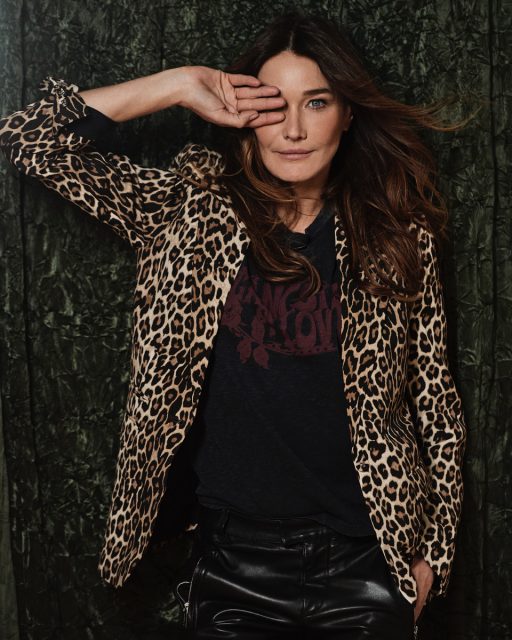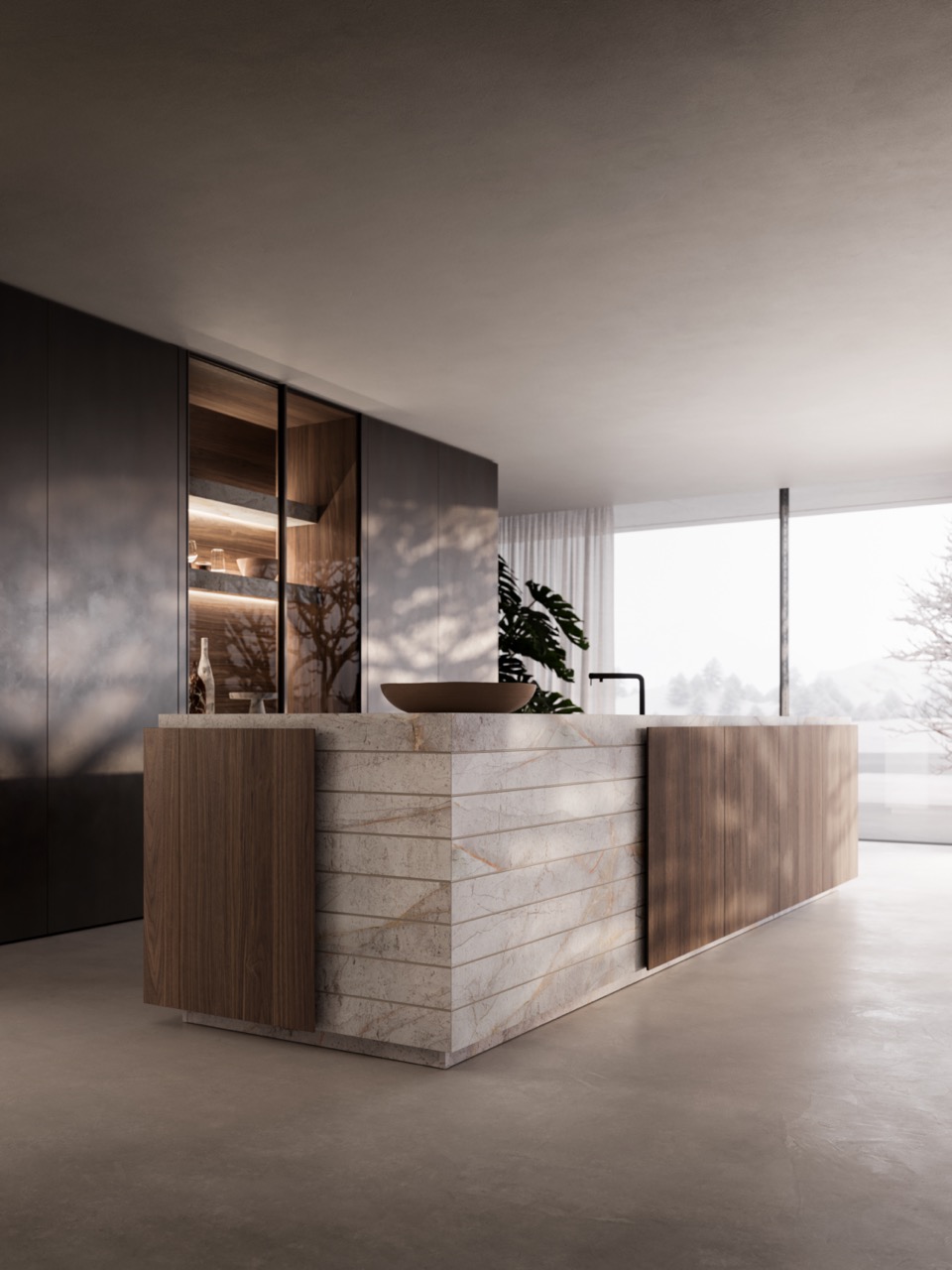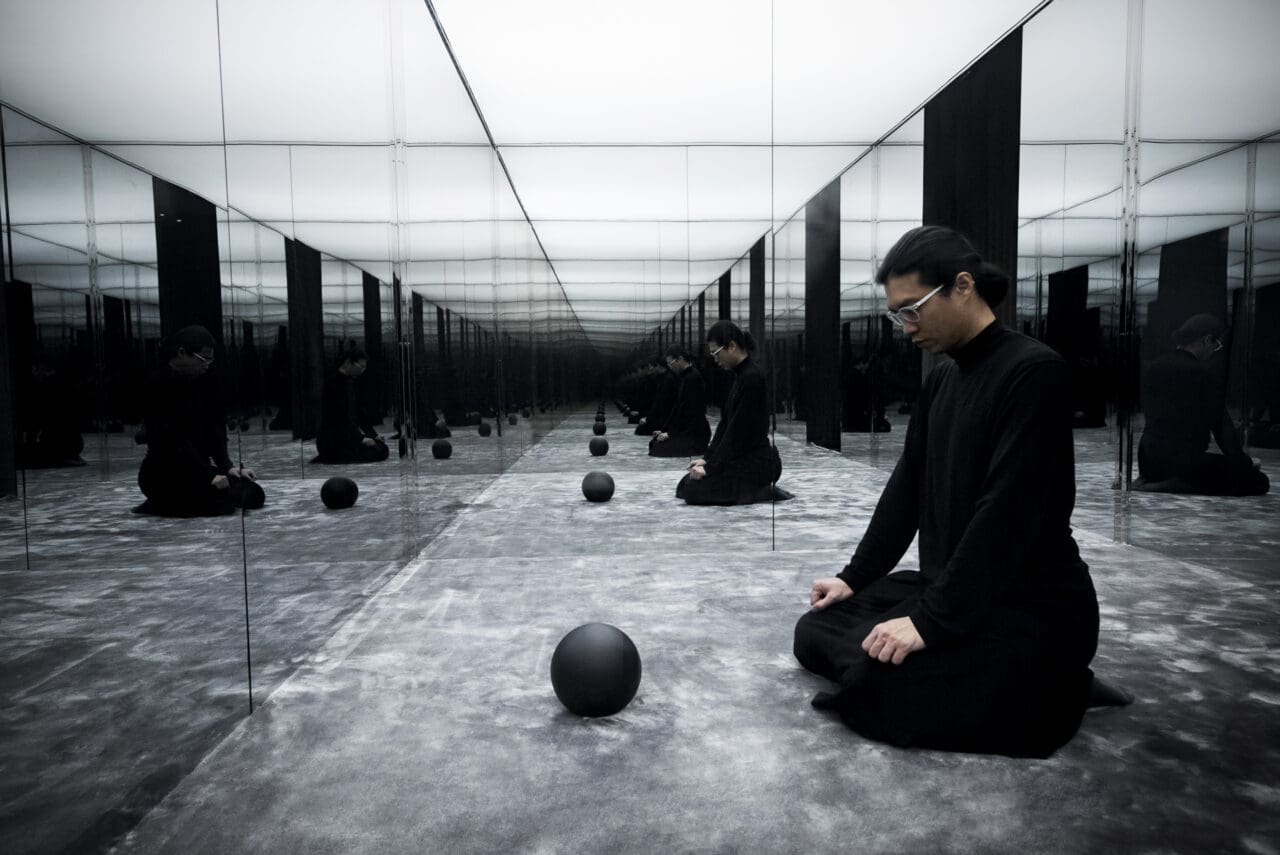KEF is named after the Kent Engineering & Foundry, where the brand’s story began. Founder Raymond Cooke(1925-1995)was the former head of the engineering department at the BBC (British Broadcasting Corporation). Although he was alone in his journey to establish KEF, he was persistent in reproducing original sound due to his love for music. And his determination paid off. Over the past few decades, he has opened up new possibilities in the audio industry, with KEF now a brand under Jinshan Industrial Group, which is listed on the Hong Kong Stock Exchange.
Born in 1958, Ross Lovegrove is one of the few well-known Welsh industrial designers. After graduating from Manchester Polytechnic, he went on to complete a master’s degree in industrial design at the prestigious London Royal College of Art. Known as “Captain Organic”, Lovegrove differentiates himself with his design philosophy, which takes inspiration from ecology and the natural environment.
Those familiar with Lovegrove’s work would know that his pieces, whether furniture, lights, or architecture, are always minimal and streamlined – at first glance, it’s easy to mistake his products for sculptures. The Muon speakers he designed for KEF were presented as a pair of two-meter high loudspeakers with a curvaceous torso and left the audio industry in awe.
The Muon’s sleek silhouette is not only an aesthetic breakthrough, but an engineering one. Aluminium alloy (super-formed aluminium) is extracted to undergo precision casting to create Muon’s 6mm aluminium shell, giving it its sculptural appearance. The Muon also boasts KEF’s exclusive Uni-Q coaxial audio technology and is limited to 100 pairs.
Subsequently, Lovegrove continued to work with KEF to design the Muo Audiophile Bluetooth Speaker in 2015. Like its predecessor, the speaker marries function with form. Following suit are the Mu3 Wireless Earphones, which were launched February this year. The earphones fit snugly into any ear due to its four subtly different sized ear tips and comes with impeccable active noise-cancelling functions.
We live in an age where technological progress is accelerating and we have to run with it and enjoy the potential of it to transform all aspects of our lives…to be an advanced designer in the 21st Century you have to have a depth of knowledge and be fully committed to leaning forward towards the future.
Ross Lovegrove
This year marks KEF’s 60th anniversary. Having worked with KEF for 20 years, how do you feel?
My relationship with KEF is unique and rare. Victor Lo has been my friend for 20 years and is someone who appreciates design, technology but also the force of art as a driver for culture and innovation. When I design for KEF, I never reference other audio brands, I only focus on concentrating the serious audio research that their engineers are constantly creating into really contemporary designs that adhere to my lifelong commitment to sculpting technology. Therefore, the entire program of products I’m currently creating are very advanced and have a singular KEF DNA and aesthetic.
You’ve designed something special for KEF’s 60th anniversary — can you explain the concept behind your project?
For their 60th anniversary this year they will be launching an in- house design of a floor standing speaker I believe but then shortly after my MU7, which are my over ear headphones that have a very intuitive and tactile approach to form, material and interface.
You are an industrial designer, so you’ve always worked with raw materials. However, in collaborating with KEF you had to work with sound, which is intangible. What has been the greatest challenge in this collaboration?
Interesting question. I think sound informs a lot of the shapes that surround us and are especially powerful in generative design as in nature so I see a strong relationship between organic design and the way sound waves can impact the three dimensionality of space. As the World becomes increasingly virtual and immaterial there is a distinct need for beautiful objects that are made with sophisticated technologies and physicality, that are made accessible to the informed highly conscious consumer.
How would you define your design for KEF? Is it a speaker? A sculpture? A piece of furniture?
Speakers like televisions started out at their inception as furniture cabinets but have evolved away from craft and into the realm of elevated hi tech manufacturing. I see trends to reference and revert back to the past which could prove interesting as interiors are becoming softer, more natural and integrated. For me KEF is the exact opposite of a Scandinavian brand like B&O which makes very tailored domesticated technological products. KEF is a hard core British advanced audio engineering brand, related to the true evolution of British Music genre’s … as with the new Space X Capsule, the work we do is to take essential super advanced technology and give it its own iconography, unreservedly without any need to follow the marketing approaches of others.
So, my concept of furniture is often unpredictable, confident and celebratory of the evolution of sculptural design, living independently of a need to be nostalgic. When I see the big white room in Alien Covenant by Ridley Scott with incredibly specific selected artworks that’s how I would like to live…Michelangelo’s David, a Bugatti chair, a Renaissance painting, a Steinway piano I can see my speakers there…nostalgia only accepted for its compression of time for its excellence and rarity.
KEF designs are highly dependent on technology to realise materials such as the precision cast aluminium alloy used in the classic Muon. What is your attitude towards technology? Do you think technology is critical to the world of design?
Technology and the command of it separates the banal from the elite. You see this with all Apple products for example, which for sure have a higher price point but consumers can see, feel, experience and access the products. The upshot for such innovation is incredible cultural and commercial gain. Technology also creates the inimitable, so products become so difficult to copy which is what I have always practiced in my work to protect the immeasurable investment made by my clients. We live in an age where technological progress is accelerating and we have to run with it and enjoy the potential of it to transform all aspects of our lives…to be an advanced designer in the 21st Century you have to have a depth of knowledge and be fully committed to leaning forward towards the future.
Editor
Peter WongCredit
Lead Image: Courtesy of KEF













